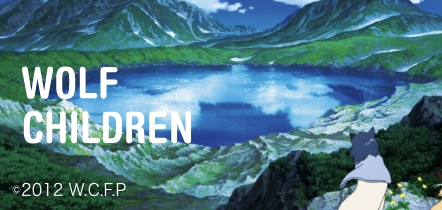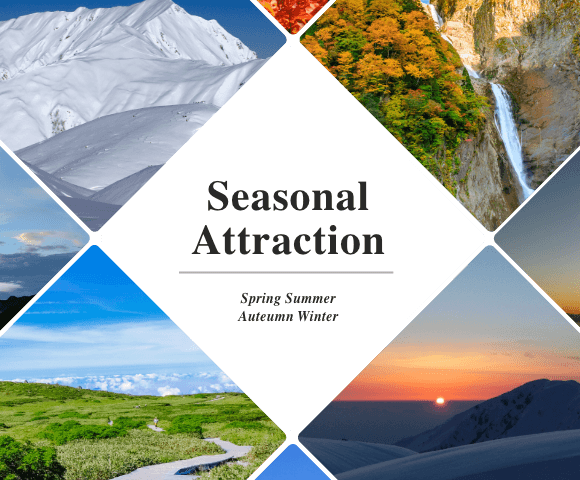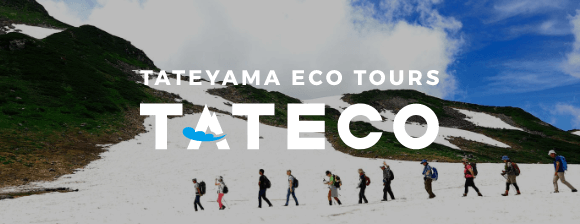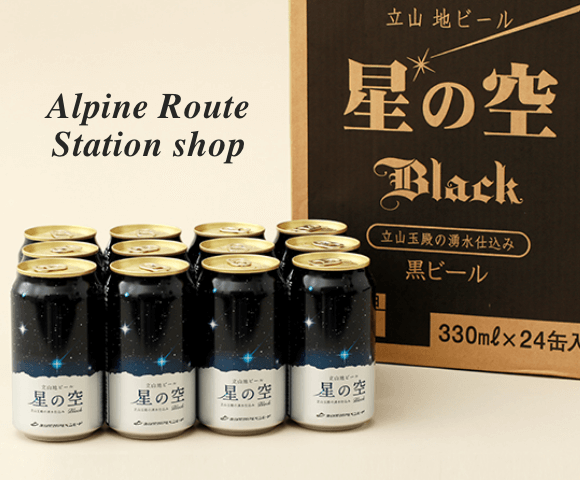Refresh with
spectacular nature
Refresh with
spectacular nature
Refresh with
spectacular nature
Refresh with
spectacular nature
Refresh with
spectacular nature
Announcement
- 【WEB Tickets】Regarding Sales for 2026
- Thank You 2025, See You in 2026!
- 【WEB Ticket】Sales Information for WEB Tickets Departing from Toyama Prefecture (Dentetsu Toyama/Tateyama Station) After November 4
- Same-Day Tickets (Round-Trip) Sold at Dentetsu Toyama and Tateyama Station
- How to Take a Bus From Tengudaira After October 26, 2025
Tateyama Kurobe Alpine Route















